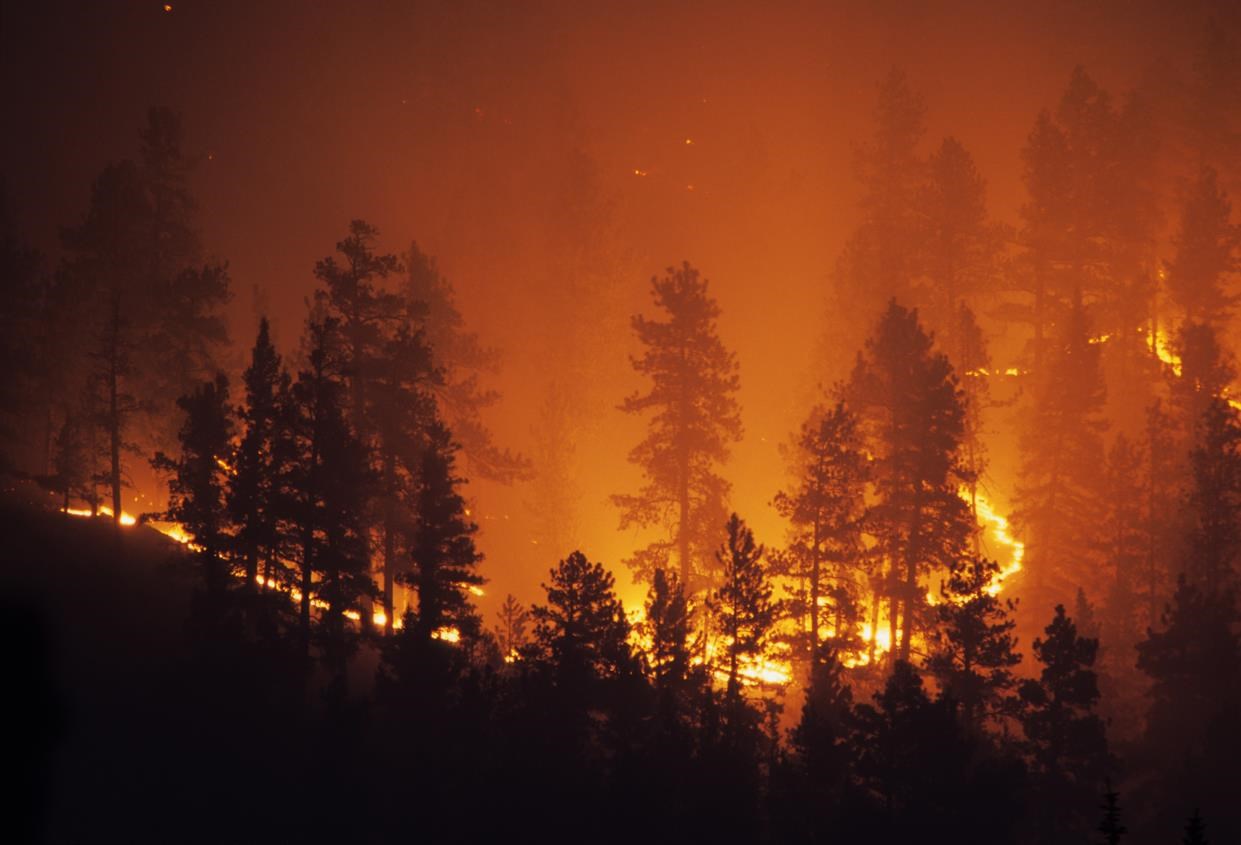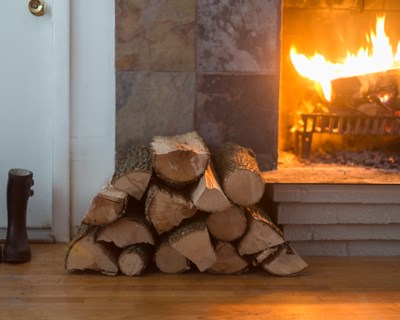
Living in an area where wildfires occur may lead to the presence of air pollutants released from wildfires, inside your home. While it is commonly understood to avoid the outdoors in times of wildfires, you should also be aware of your indoor air quality. Consider purchasing an air purifier to help minimize your exposure to air pollutants that find their way into your home.
What is a Wildfire?
A wildfire is an unplanned fire that burns through forests, grasslands, savannas and other ecosystems. These fires can start with either a natural occurrence, like a lightning strike, or from human activity. Wildfires can burn out of control and leave damage on the surrounding environment, homes and people. While it may be hard to control the start and stop of these wildfires, you can minimize your exposure to the airborne pollutants it releases.
How Do Wildfires Start?
Wildfires need fuel, oxygen and heat, sourcing from either natural occurrences or human activity. These three necessary conditions are known as the “fire triangle”. The amount of fuel determines how intense the fire will be, as it is what burns within the wildfire. Fuel sources include grass, brush, tress and even homes or other buildings. In order to grow and thrive, a fire needs oxygen. Whether the location of the fire is windy or not will make a difference in the survival and continued growth of the fire. Heat sources are the actual start of the fire. Sources such as sun, lightning, cigarettes, sparks, and hot winds are what bring fuel sources hot enough to ignite and burn.
What Pollutants Do Wildfires Release?
Wildfires release certain negative pollutants into the air we breathe. While smoke is generally the main concern, the fire itself and what the fire burns is of concern too. When a wildfire moves to communities, it may begin to burn plastics and other chemicals that can be emitted into the air from burning structures and furnishings.
Wildfire smoke contains a mixture of particulate matter, carbon dioxide, water vapor, carbon monoxide, hydrocarbons and other organic chemicals, nitrogen oxide, and trace minerals. Particulate matter is the biggest component of wildfire smoke. In addition to particulate matter are carbon monoxide and ozone. Carbon monoxide is only of concern to those with a high level of exposure and ozone is not emitted directly from wildfires, but it can form as smoke travels.
Potential Effects from Exposure to Wildfire Smoke
The pollutants released from wildfires may pose a threat to humans. These effects may occur after short-term exposures, for example, over a few days. Potential effects from elevated exposure to wildfire smoke and the pollutants it releases include the following:
- Irritation of the eyes and respiratory tract
- Coughing
- Trouble breathing
- Wheezing
- Increased risk of asthma exacerbation and aggravation of other lung diseases
- Heart failure or attack
- Stroke
Minimizing Exposure to Wildfire Smoke
Taking steps to help reduce your exposure is helpful. While there may be limited options as to personally stopping a wildfire, there are several methods to help reduce your personal exposure.
- Limit time spent outdoors. As wildfires occur outdoors, the release of air pollutants that occur are also outdoors. Limiting time spent outdoors in areas affected by wild fires may be helpful to reduce your level of exposure. This is the most common method to reducing exposure to wildfire smoke.
- Be aware of local air quality reports. Making yourself aware of the air quality reports will help you make better decisions about limiting time spent outdoors.
- Take Control of Indoor Air. It may seem simple to stay indoors to reduce air pollution exposure. However, indoors have their own set of pollutants in addition to the ones that make their way indoors from the outside air. Taking care of your indoor air to help reduce the pollutants indoors will also help to reduce or eliminate your exposure.
- Reduce outdoor strenuous activity. While exercising, people increase their air intake and therefore the amount of air pollutants they breathe in. Reducing strenuous physical activity may help reduce the level of exposure. Any activities that can be moved indoors, should be, especially in the time during a wildfire or immediately after.
Air Purifiers for Wildfires
The smoke that results from wildfires can make its way indoors. Air purifiers can help remove indoor air pollutants from your home, including smoke. Using an air purifier during times of wildfires can help to reduce any indoor air pollutants may be present in your home.
TruSens Air Purifiers make use of a combination of filters to help remove smoke pollutants, such as volatile organic compounds (VOCs), from the air. The active carbon filter reduces odorous gases caused by smoke, while the TruSens prefilter and HEPA Filter capture smoke particles flowing through the TruSens Air Purifier.
